How Does CAD-CAM Technology Help in Engineering and Manufacturing of Materials?
April 17, 2019Computer Aided Design involves program design space, parametric models, and proprietary software packages. By itself, this field of engineering can’t create a real-world product. Enter Computer Aided Manufacturing (CAM), with its machine codes and automated machinery. This is the second half of a computer-aided design and manufacturing process that’s currently revolutionizing the machine shop industry.
What Is CAD-CAM Technology?
Stage one sees a room occupied by a powerful workstation. It’s got the requisite parts, including a central processing unit, a keyboard and mouse, and a large monitor. An advanced 3D software package creates virtual space upon the monitor. The last component is a designer, someone who’ll use the software to create intricately detailed models out of parametric objects. However, workshops also need a CAM link, for it’s this software-to-product bridge that turns virtual coordinates into tooling instructions.
Subtractive Manufacturing Tech
CNC (Computer Numerical Control) codes were invented as a translation matrix. They take the 3D object, the one that has subtractive features on a computer monitor, and they convert the on-screen dimensions into a product profile. G-Codes are an example of this technology in action. A G02 instruction would send a multi-axis tool head into a clockwise circular interpolation maneuver. Then, by switching to G17, an X-Y plane selection mode would activate. From here, the tool could mill or drill, cut or punch, or carry out multiple machining operations. While on the subject of punching, let’s see what that 5-axis machine has to offer.
CAD-CAM Material Manufacturing
To an automated manufacturing line, material differences could make the difference between a perfectly indented sheet metal segment and one that’s poorly punched. Instead of a perfectly ejected blank, as made possible by a geometrically intricate die and punch combo, the mark would be applied as a rough dimple. To compensate, the nature of the material enters the CAD-CAM configuration. The tensile strength, hardness, alloy plasticity and malleability, in fact, all alloy features earn a machine value of some kind so that a tool edge receives optimized application impact or turning torque.
For the CAM codes that apply subtractive torque, hardened metallic cuttings fly away while a lubricating fluid keeps the area clear. The CAD instructions are being obeyed. For impact-oriented duties, there’s less torque and more impact. Here, a hydraulic piston is mounted on the moving tool cradle. A carbide hardened die is probably what comes to mind first when using this incredibly accurate automated rig. However, picture the use of a water-submerged laser instead. Oxy-fuel, waterjets, even plasma torches, each chosen tool finds itself adjusted. Only this time, instead of impact pressure, its laser intensity or the injected fuel velocity that alters to compensate for the manufacturing material’s properties.
Optimized by: Netwizard SEO


